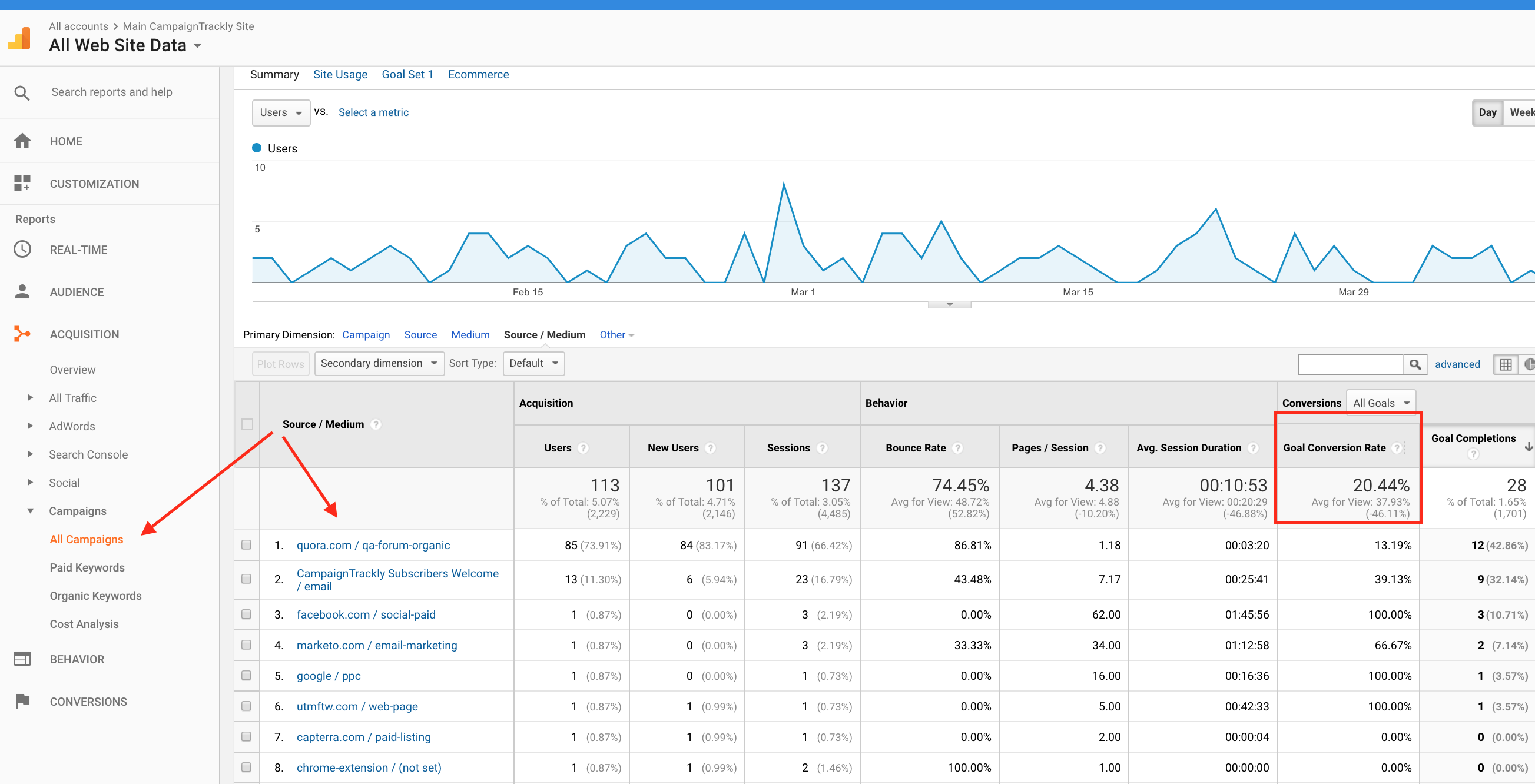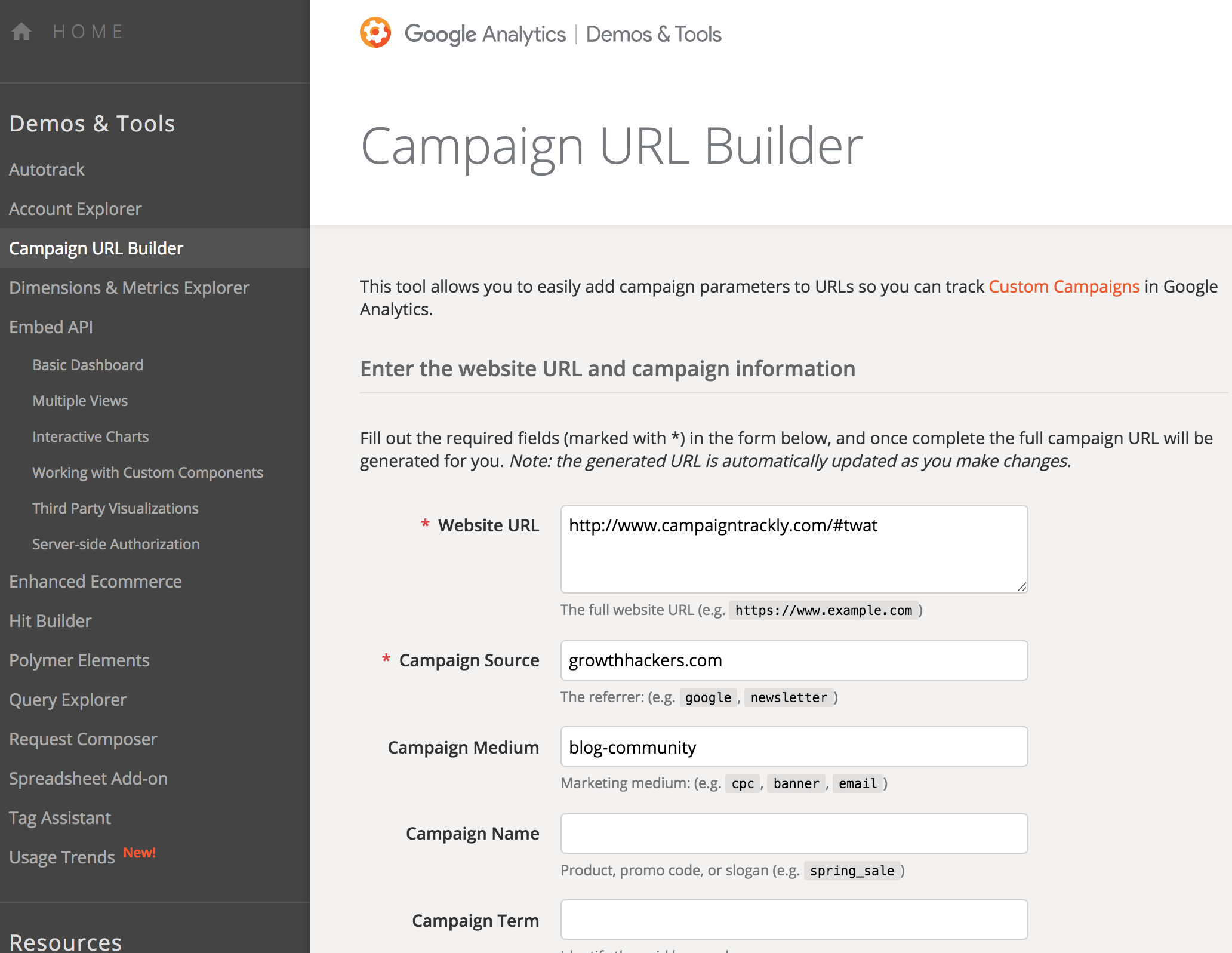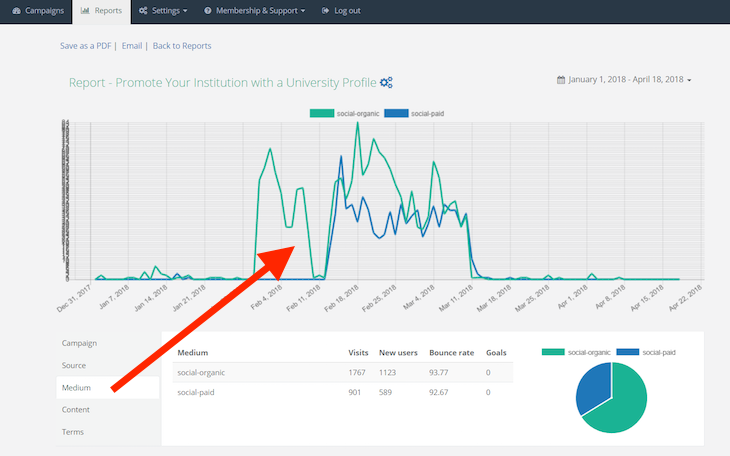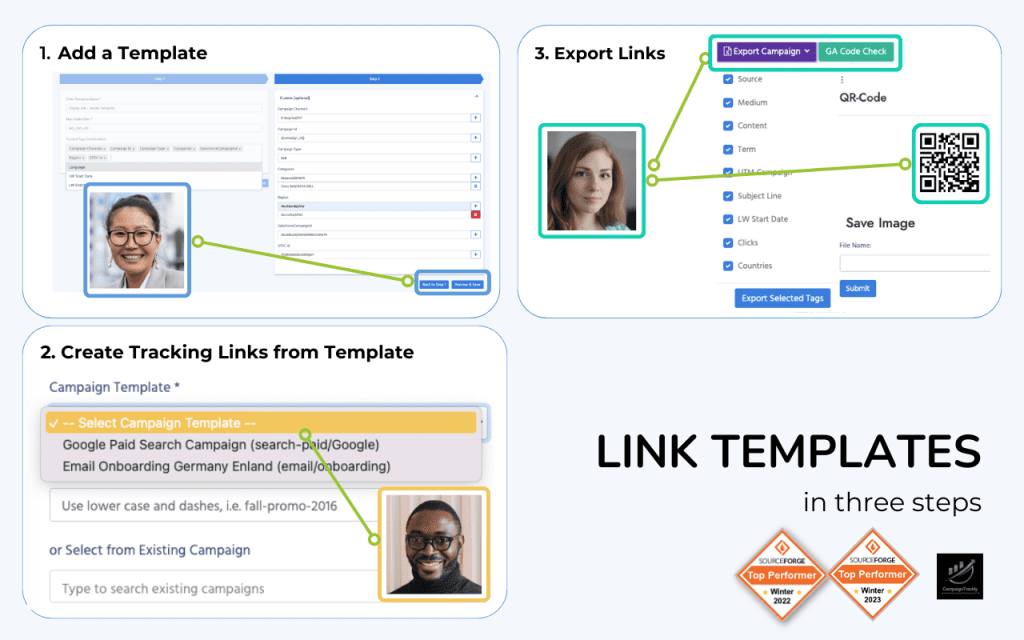Google UTM (Urchin Tracking Monitor) was a module that users installed on their websites to achieve precise unique visitor tracking.
Today, Google UTM or UTM tagging is the method of tracking web links that have been promoted on 3-rd party websites.
Traditionally, marketers used either the manual campaign url builder provided by Google or a simple excel sheet to correctly add snippets of UTM codes or tracking tags to the web link of blog posts or marketing pages that they wanted to promote.
These tracking tags follow a format specified by Google Analytics, Adobe Analytics, and other analytics platforms. You can add all sorts of custom or standard UTM tags to get more in-depth reporting info about the success of your marketing campaign.
If created correctly, they send a signal to your analytics platform every time someone uses a link with these tags to visit your marketing page. This helps you receive in-depth reports showing you if your audiences are responding to your promotion and how well they are engaging with your page.

The Classic Google Analytics Campaign URL Builder Only Lets You Create Standard Tags
Marketers today use the classic type of manual Campaign URL builder, like the one provided by Google Analytics. But these have limited features. Where they give way to the automated ones is in the cases when you need to bulk-process links, create custom tags, or manage more consistently and comprehensively your tracking process.

Do I need a Campaign URL Builder or Can I do Things On My Own?
Yes, you can – but be prepared for a lot of manual work. The key is to type and add tags correctly to your web link. If you don’t enter the correct format, you can either lose your reporting insights or receive information that is skewed.
Also, because it is difficult to remember the exact tag format specified by Google Analytics or other platforms every time you have to tag, and it is tough to safeguard against typos, it is much more effective to use Campaign URL Builders and simplify the tagging process. The link builder tools are guaranteed to do the formatting part and ensure that it meets the analytics platform’s requirements.
And here is where manual link builders like the one by Google Analytics or automated ones like CampaignTrackly come into play.
They do the formatting and adding for you to make sure there are no mistakes. Manual link builders process a link at a time, while automated ones enable you to save a significant amount of time and offer a multitude of integration and advanced reporting and management features.
If you need to promote a blog post on Facebook, LinkedIn, Twitter, and 10 more blogging sites – you have to use the Google Analytics URL builder 13 times to generate your 13 tagged links, so you can use a dedicated link on each of these promotional channels to be able to track their performance separately.
With the advanced automated URL builder, you can achieve all that with a few clicks and in a manner of seconds. You save yourself time and some menial copy-pasting and typing work. Additionally, you can create all sorts of custom tags – in an easy and easy to replicate way.
Most importantly, advanced builders integrate with your analytics tools and can provide great visualization and in-depth info for every individual campaign – something that you might not get from your out-of-the-box Analytics platform.









